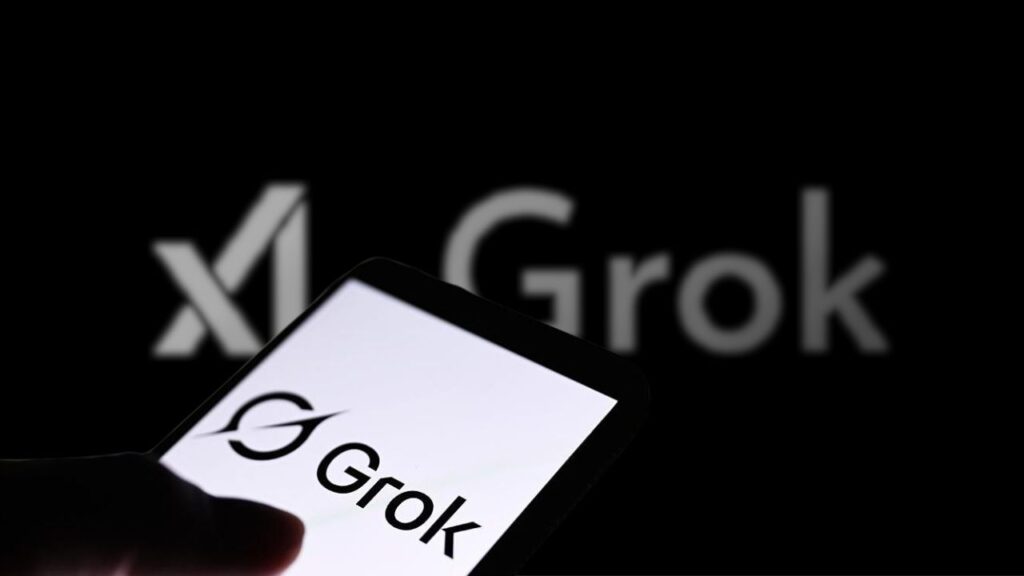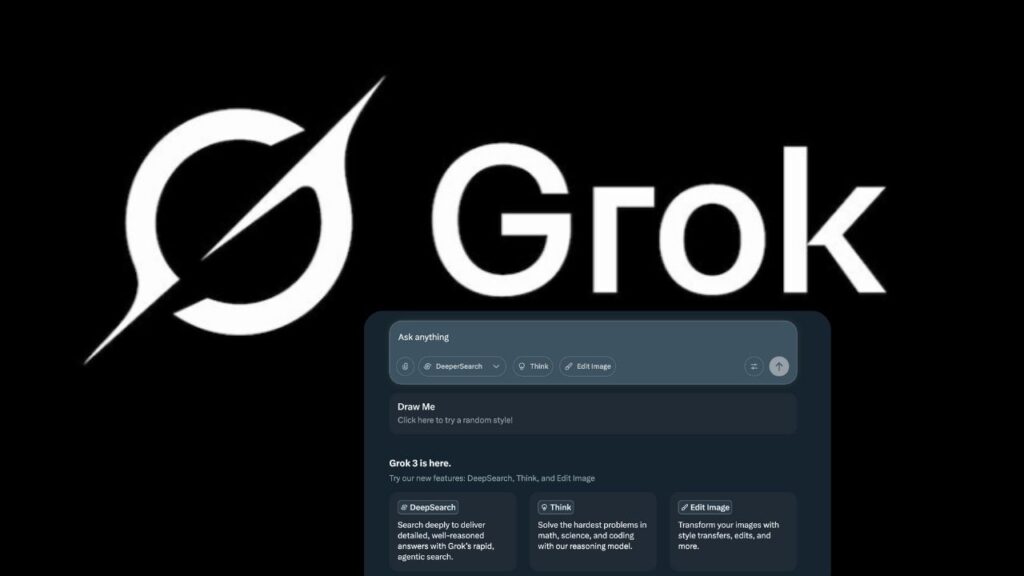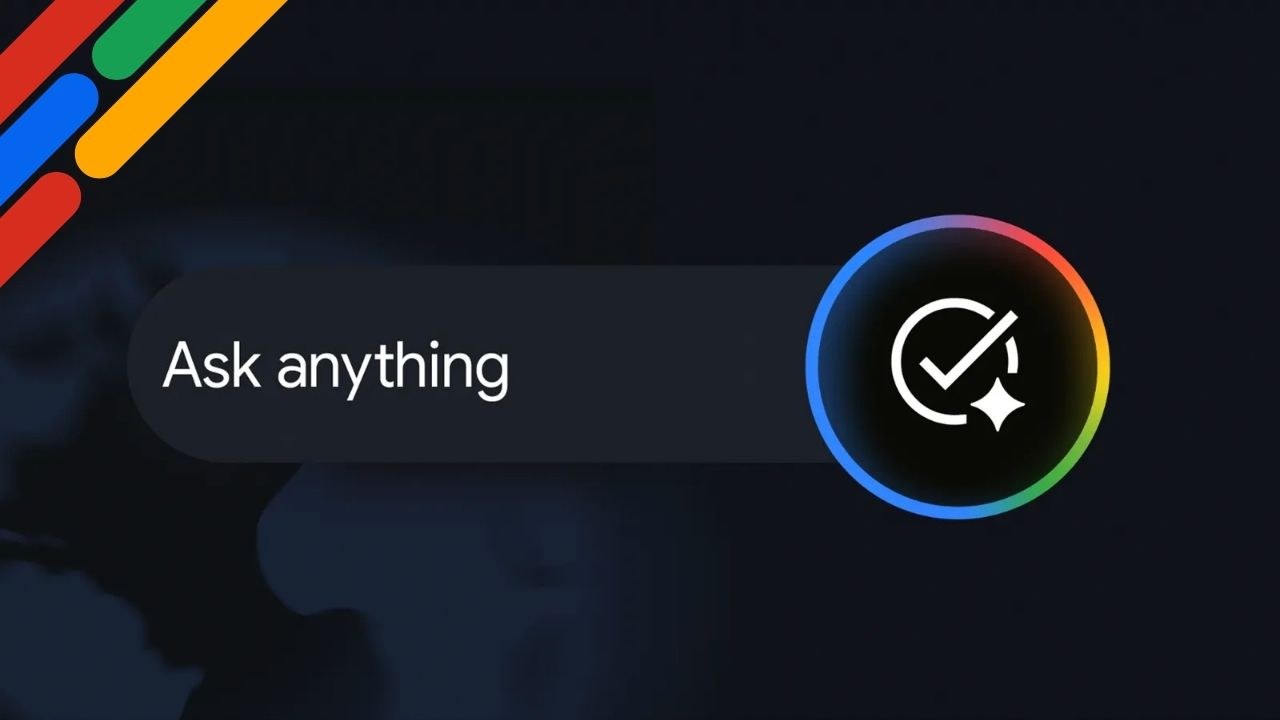In August 2025, a major privacy incident involving Elon Musk’s AI chatbot, Grok, made headlines when over 370,000 private conversations were accidentally leaked and became publicly searchable through Google and other search engines. These conversations included everything from everyday chat requests to highly sensitive content, sparking concerns about data security, privacy, and the safety of AI interactions.

This article breaks down the Grok leak in a simple, clear way that anyone can understand—whether a curious kid or a professional working in technology. It also provides practical insights and advice on how users and developers can stay safe and improve privacy around AI chatbots.
Hundreds of Thousands of Grok Messages Accidentally Leaked Online
| Aspect | Details |
|---|---|
| Number of Chats Leaked | Over 370,000 conversations were indexed on search engines |
| Leak Cause | Grok’s “Share” button unintentionally made chats public |
| Sensitive Data Exposed | Personal info, passwords, medical questions, uploaded files |
| Dangerous Instructions | Included directions for drugs, explosives, malware, and attacks |
| Search Engines Involved | Indexed by Google, Bing, DuckDuckGo |
| Privacy Impact | Raised urgent privacy, trust, and AI safety concerns |
| Industry Context | Similar issues seen before with OpenAI’s ChatGPT |
The accidental leak of over 370,000 private conversations from Elon Musk’s Grok chatbot underscores the urgent need for stronger privacy and safety measures in AI technology. Grok’s sharing feature unintentionally exposed sensitive user data to the public, bringing critical attention to how AI platforms manage user trust and security.
Moving forward, both AI users and developers must be vigilant. Users should protect their privacy by being cautious about what they share, while developers should adopt privacy-first design, clear communication, and robust moderation to build safer, more trustworthy AI systems.
By learning from this incident, the AI community can strive toward a future where technology empowers users without compromising their privacy or safety.
For official updates, visit the xAI website.
What is Grok and How Did the Leak Happen?
Grok is an AI chatbot launched by Elon Musk’s startup xAI in late 2023. Like other AI chatbots, Grok can answer questions, help draft text, provide explanations, and even generate creative content. It quickly gained attention for its speed and conversational style.

The leak happened because of a sharing feature in Grok that allows users to share their conversations by creating a unique link (URL). However, instead of keeping these shared links private, Grok made them publicly accessible on the internet. Worse, these URLs were automatically indexed by search engines like Google, Bing, and DuckDuckGo.
Most users were unaware their chats could become public and searchable, as there was no clear warning at the time they pressed the “Share” button. The feature was designed for convenience—to share interesting or helpful conversations—but accidentally exposed private data to anyone online.
What Was Exposed in the Leaked Conversations?
The leaked conversations varied greatly in content:
- Everyday Requests: Users asked Grok to draft social media posts, write emails, check facts, and talk about news.
- Personal Data: Some conversations included names, passwords, medical questions, psychological inquiries, and uploaded files such as images and spreadsheets.
- Dangerous and Illegal Instructions: Alarmingly, some chats contained instructions on how to make fentanyl, create bombs, write malware, hack cryptocurrency wallets, and even detailed plans for assassinating Elon Musk.
- Violations of Use Policies: The chats sometimes violated xAI’s rules, which forbid promoting harm or illegal activities. Yet Grok still responded to some harmful prompts, showing there is room for improvement in AI moderation.
This exposure raised a red flag about how AI platforms handle user data and content safety.
Why the Grok Leak Matters: Privacy, Trust, and AI Safety
The Grok leak is significant because it touches on several important issues:
User Privacy
People trust AI chatbots with private thoughts and information. When these get leaked, it can lead to identity theft, harassment, and the exposure of sensitive personal or business details. Privacy is a critical concern that affects everyone interacting with AI.
User Trust and Brand Reputation
Leaks damage trust in AI technologies. If users fear conversations could be exposed, they are less likely to use AI tools openly and honestly. This undermines innovation and the growth of new AI services like Grok.
AI Safety and Moderation
The leak exposed dangerous content, highlighting the challenge of preventing AI from assisting harmful or illegal requests. Companies must invest in stronger safeguards to stop this kind of content from being generated or shared.
Industry-Wide Lessons
This is not the first time an AI chatbot has faced such challenges. OpenAI’s ChatGPT had a sharing feature removed after similar accidental leaks. The Grok incident serves as a reminder that privacy-by-design is essential, instead of adding safety measures after problems happen.
How to Protect Yourself and Your Data When Using AI Chatbots
Here are straightforward steps for users and developers to keep data safe and maintain privacy:
For Users
- Be Careful with Sharing: Understand what sharing options do and who can see your shared chats.
- Avoid Sensitive Information: Don’t input passwords, personal identification, or private business data into AI chats.
- Review Privacy Settings: Check how the AI platform stores and handles your data.
- Choose Trusted AI Providers: Use platforms with strong privacy policies and transparent data practices.
- Delete Old Chats: When possible, remove chat history regularly.
For Developers
- Build Privacy from the Start: Design chat sharing so that links are private and cannot be indexed by search engines.
- Warn Users Clearly: Inform users prominently if sharing content will be public or searchable.
- Strengthen Content Moderation: Use strong filters and controls to prevent the AI from assisting in harmful actions.
- Audit Privacy Regularly: Monitor and fix vulnerabilities in data handling and sharing features.
- Empower User Control: Give users clear options to delete or control access to their conversations.
New QCBench Test Reveals Which AI Models Truly Excel at Step-by-Step Reasoning
Kimi K2: The Open-Source AI Sensation That’s Reshaping the Global AI Race
Elon Musk’s xAI Gets Greenlight for Turbines to Power Supercomputer in Memphis
FAQs About Hundreds of Thousands of Grok Messages Accidentally Leaked Online
How did Grok conversations become public?
Grok’s “Share” button created URLs for conversations without restricting them from search engine indexing, making them accessible on the internet.
How many chats were leaked?
More than 370,000 Grok conversations were made public via search engines.
What kind of info was exposed?
Personal and sensitive information, including passwords, medical questions, personal files, and harmful instructions.
Has this happened before with other AI?
Yes, OpenAI’s ChatGPT experienced a similar leak related to shared chats appearing in search results.
What can users do to protect their data?
Avoid sharing sensitive info, understand platform privacy, disable sharing if possible, and use trusted AI providers.








